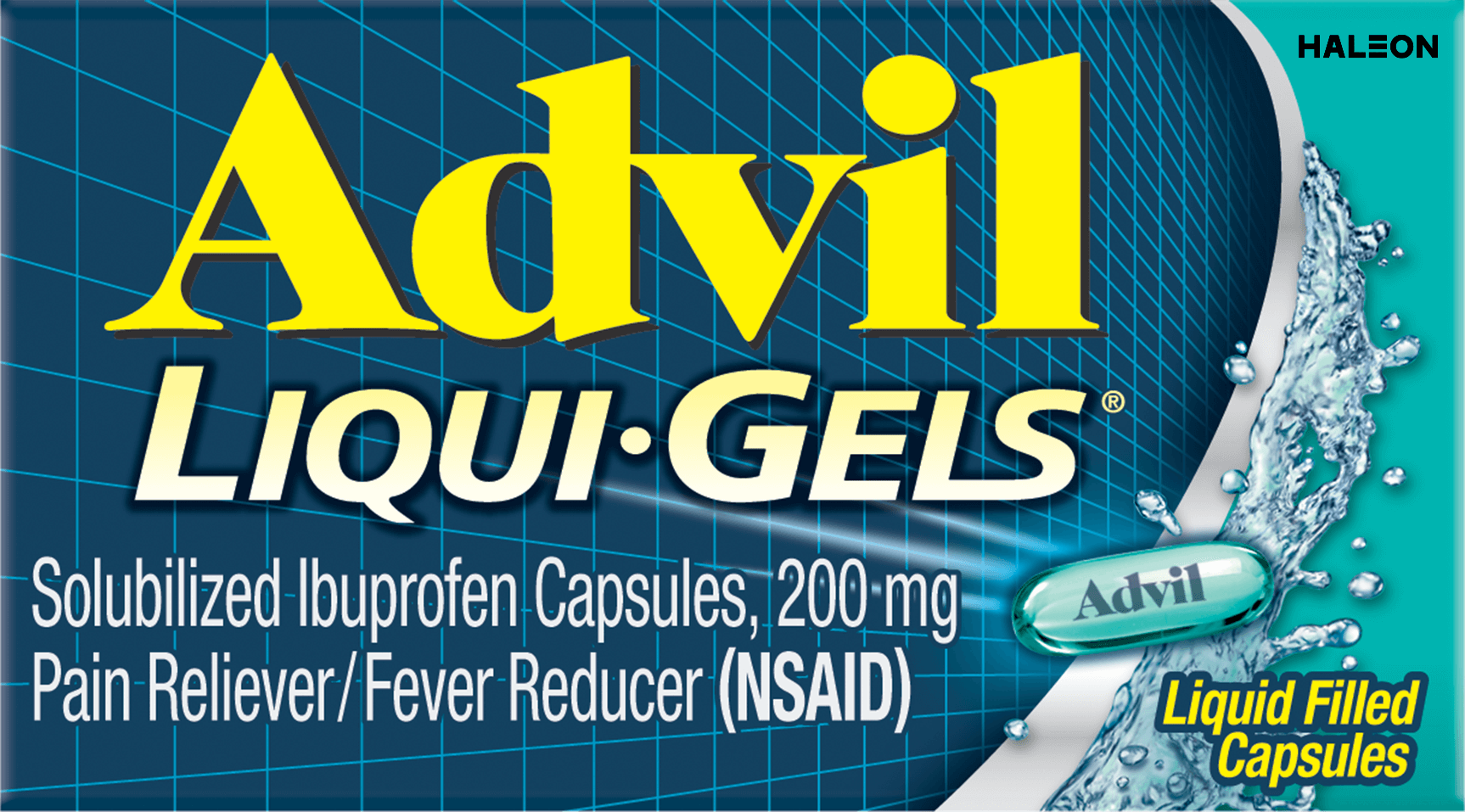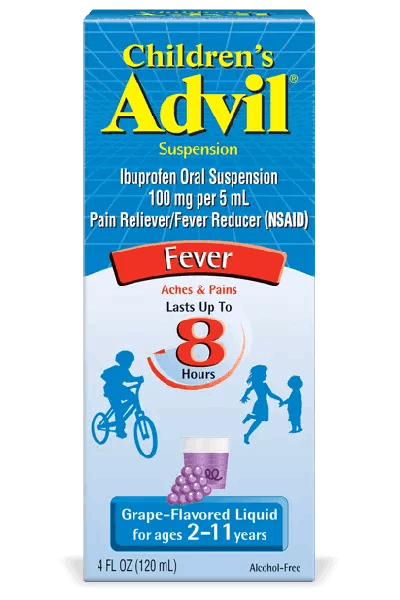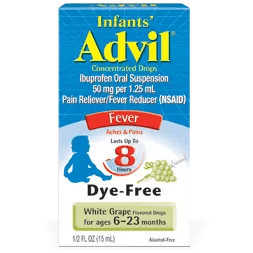5 Tips to Avoid Headaches While Traveling
Traveling is usually an exciting occasion. Whether it’s for business or pleasure, visiting a different location can be a fun break from your daily life. However, getting a travel headache can make spending time on an airplane or elsewhere feel painstakingly long and uncomfortable. If you’re worried about getting a headache the next time you fly, arm yourself with these tips for a comfortable, symptom-free flight.
Why Do I Get a Headache Before or After Flying?
An airplane headache (AH) is a headache that develops while the plane is taking off or landing. The pain is usually felt at the front of the head and around the eye sockets. While the international headache society has recognized airplane headaches, not much is known about them and their triggers.1
Some studies suggest that the cabin pressure changes in the airplane, which are more pronounced during takeoff and landing, affects the head and sinuses in a way that triggers a headache.1 Another possible explanation for AHs is a fear of flying, which can cause stress and anxiety and subsequently trigger a headache.2
Motion Sickness Headaches
Another possible cause of an airplane or travel headache is motion sickness. If you get motion sick on the plane, you could be susceptible to developing a vestibular migraine. A vestibular migraine usually includes normal migraine symptoms with additional vestibular symptoms, including dizziness, unsteadiness and a loss of balance, vertigo and motion sensitivity.3
Other Types of Travel Pains
While headaches are a common type of pain associated with traveling, you may also feel pain or discomfort in other ways. Traveling involves long periods of sitting upright in planes or cars. If you aren’t maintaining good posture while sitting or sleeping, you may develop neck and back pain.6 Carrying heavy bags can also strain your neck and cause discomfort.6 If possible, try getting up and moving around often to stretch your muscles, as this can help prevent stiffness and pain.6
How to Prevent a Travel Headache
The next time you travel, keep these tips in mind to prevent headaches and minimize common triggers.
1. Try Some Relaxation Techniques
If you’re a nervous flyer and you know that stress is one of your triggers, try some relaxation techniques while you’re on the plane. While you can’t exactly break out your yoga mat in the aisle, try some deep breathing from the comfort of your seat to help ease your nerves.2 If you feel stressed on your trip, try some light stretching, meditation, yoga or tai chi.2
2. Exercise or Stretch Before Your Flight
Exercise has proven benefits when it comes to preventing and treating headaches, so squeeze in a little light exercise or stretching before your flight.2 At the very least, your legs will get a little breather before they’re stuck in a small airplane seat.
Just remember to warm up slowly and avoid overexerting yourself, as overly strenuous exercise can exacerbate headaches.2 You can also use the gym at your hotel or even a mat or towel in your room if you need a break throughout your trip.
3. Avoid Altering Your Diet
Around 20% of headache sufferers can develop a headache from eating certain foods.4 If you know which foods trigger headache symptoms for you, try to avoid those foods and stick to your usual food groups. In addition, prioritize eating a healthy diet that’s rich in fruits, veggies and whole grains, as these food groups can give you energy and potentially help keep your stress under control.2 This can be a challenge when you’re travelling, so you might want to plan out your meals ahead of time or pack your own food for the plane (if allowed).
4. Pack Your Headache Essentials
If you expect to encounter headache triggers on your trip, pack your headache essentials in your suitcase or carry on. For example, you can pack medications, soothing items, cooling or heating packs, snacks, etc. to help make your flight more comfortable.5 Things like an eye mask and ear plugs or noise cancelling headphones are great for cutting back on chatter, bright light and sensory overload.5 They’re also a great addition if you want to sneak in a nap! Lastly, don’t forget to pack an empty water bottle to refill before boarding, as planes can be extra dehydrating.
5. Take an Advil!
A comprehensive look at all the literature on airplane headaches agreed that taking an over-the-counter nonsteroidal anti-inflammatory drug (NSAID) can help relieve an airplane headache.1 Ibuprofen, the active ingredient in Advil, is classified as an NSAID and is available over the counter. You can also purchase Advil Dual Action, which comes with ibuprofen and acetaminophen for powerful pain relief. If you suffer from migraines, Advil Migraine is clinically proven to relieve migraine pain and related symptoms, including nausea and sensitivity to light and sound. Available in gels, capsules and tablets, Advil products are travel-friendly and the perfect addition to your carry on.
Source Citations:
- Headache attributed to airplane travel: diagnosis, pathophysiology, and treatment – a systematic review | The Journal of Headache and Pain | Full Text. https://thejournalofheadacheandpain.biomedcentral.com/articles/10.1186/s10194-017-0788-0. Accessed 8/29/22.
- Headaches: Reduce stress to prevent the pain - Mayo Clinic. https://www.mayoclinic.org/diseases-conditions/tension-headache/in-depth/headaches/art-20046707. Accessed 8/29/22.
- Vestibular Migraine | Johns Hopkins Medicine. https://www.hopkinsmedicine.org/health/conditions-and-diseases/vestibular-migraine. Accessed 8/29/22.
- Foods & Drinks That Can Cause Headaches: How to Diagnose & Avoid. Cleveland Clinic. https://my.clevelandclinic.org/health/articles/9648-headaches-and-food. Accessed 8/29/22.
- 3 Tips For Traveling with Migraine this Post-COVID Summer. American Migraine Foundation. https://americanmigrainefoundation.org/resource-library/traveling-with-migraine-post-covid-summer/. Accessed 8/29/22.
- Neck pain. Mayo Clinic. https://www.mayoclinic.org/diseases-conditions/neck-pain/symptoms-causes/syc-20375581. Accessed 10/12/22.
By clicking the link(s) above, you will be taken to an external website that is independently operated and not managed by Haleon. Haleon assumes no responsibility for the content on the website. If you do not wish to leave this website, do not click on the links above.







